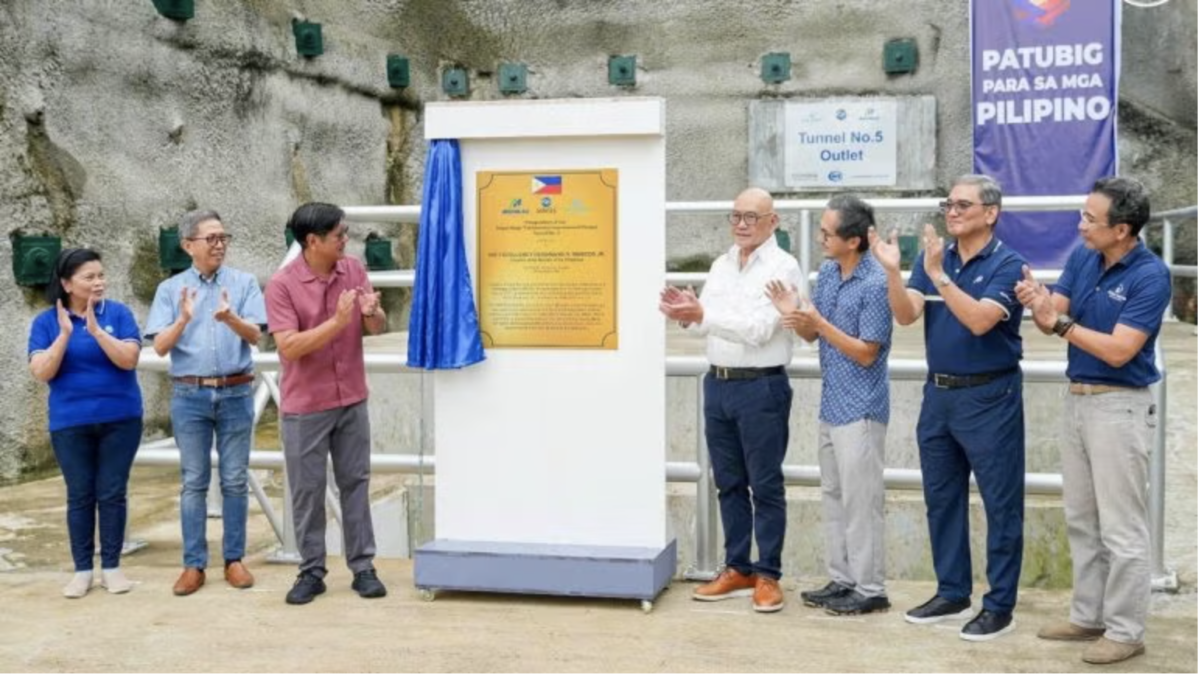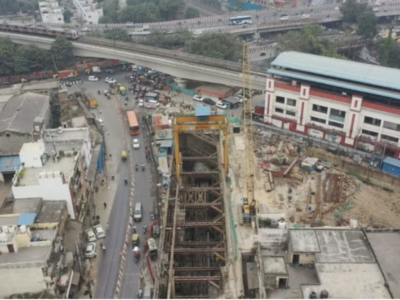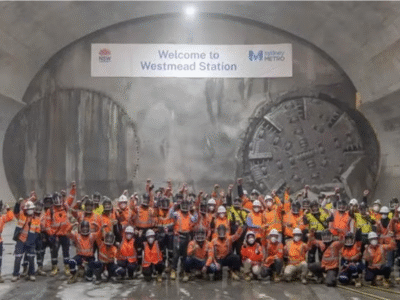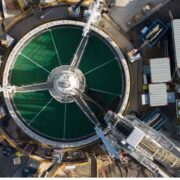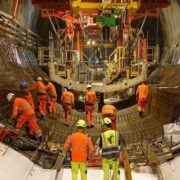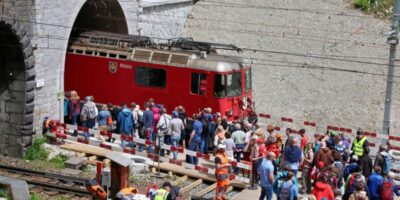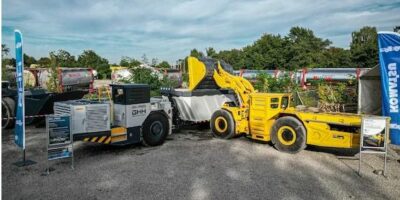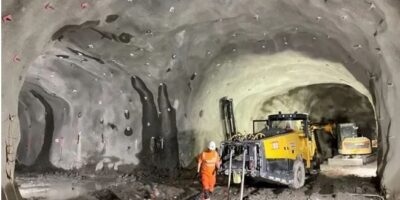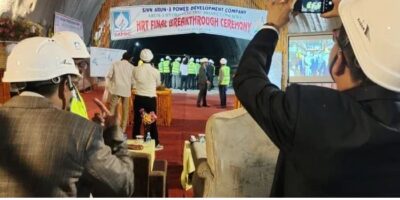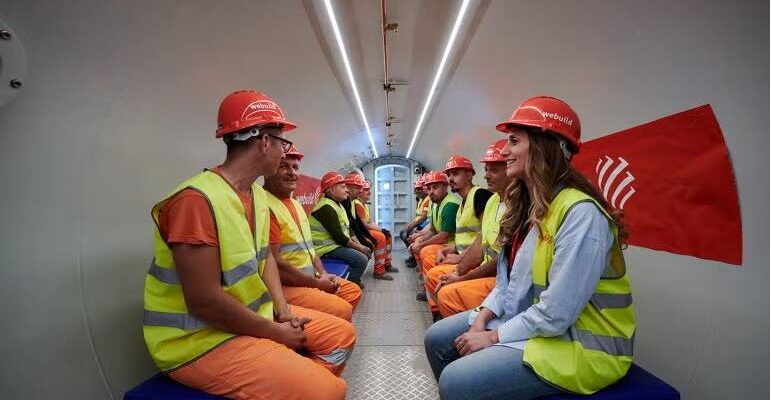
As one of the most complex engineering works on the high-speed Naples-Bari railway line, the Casalnuovo Tunnel has been completed.
In order to excavating 650m of the 3.3km-long tunnel on the Naples-Cancello lot, Webuild used hyperbaric tunneling and it is the first time the hyperbaric method has been used in Italy.
With the aim of keeping excavation in a dry environment, preventing the stratum from coming into contact with cement mixes and chemical additives, the technique uses pressurised air to keep the groundwater away from the work areas. All the equipment used was electrically powered.
For allowing works to be carried out, the tunnel was hermetically sealed and also was divided into watertight compartments, and workers entered by passing through a compensation chamber, where pressure was gradually raised to allow them to get used to the hyperbaric environment.
Webuild, which built the tunnel on behalf of Rete Ferroviaria Italiana, said: “The complexity of the excavation required efficient logistics and an innovative and sustainable system. Specific health protocols, procedures and monitoring systems were also used to ensure workers’ safety and health during excavations.”
The scheduled date for completing installation of over than 10km of tracks that have been laid on the Naples-Cancello section of the new Naples-Bari line is the end of the summer. Inauguration of the Naples-Cancello and Cancello-Frasso sections will be at the end of this year, decreasing journey times between Naples and Bari from four hours to two hours and 40 minutes, and without the need for passengers to change trains.
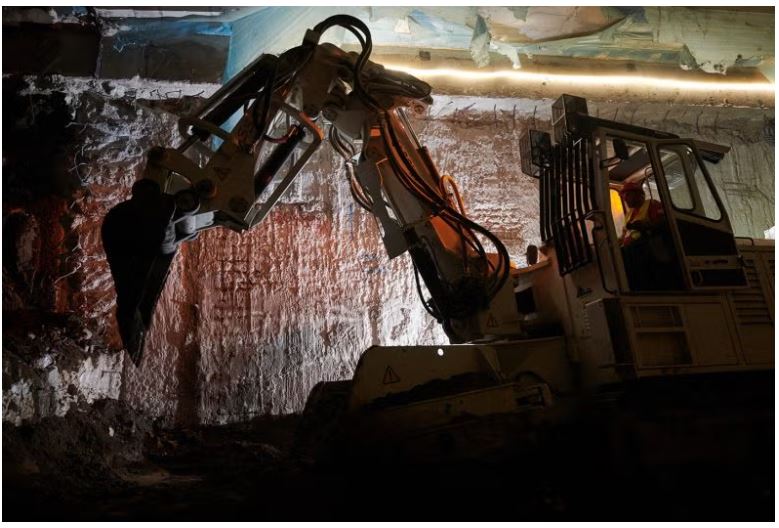
While the opening of the Naples-Cancello section is going to allow Naples-Bari trains next year to reach the Napoli Afragola station, when the line is fully operational, will be a strategic hub to link the north and south of Italy and regional and national transport systems.
In order to allowing greater access to the high-speed railway system for a large part of the Naples metropolitan area, the new Acerra and Casalnuovo stations are due to be used.
Comprising of 15 tunnels, 25 viaducts and 20 stations, the Naples-Bari high-speed line will be 145km long and following inauguration of the entire route it will be possible to connect Naples to Bari in two hours; Rome and Bari in three hours; and Lecce and Taranto towards Rome in four hours.
As part of the Scandinavian-Mediterranean Corridor of the TEN-T network, this line is a strategic axis to link the south of Italy to the north of Italy, and then to Europe.


